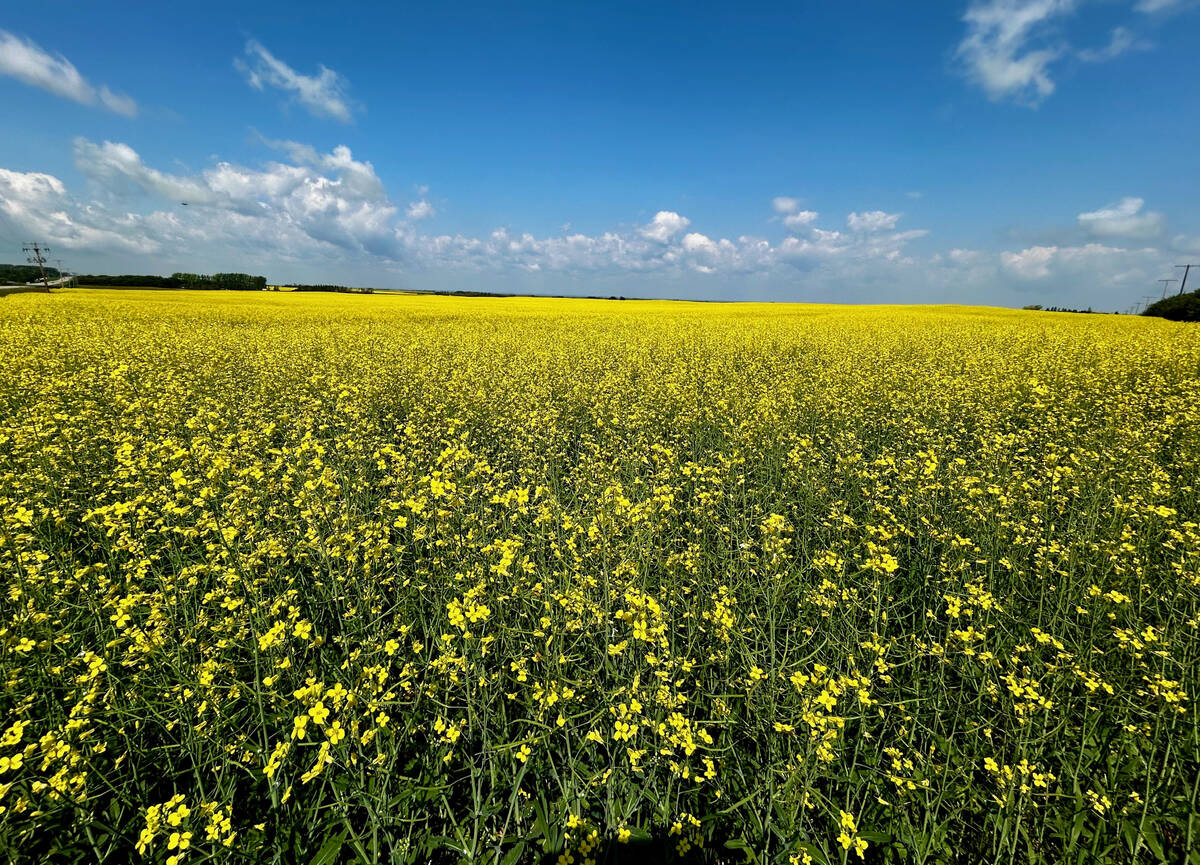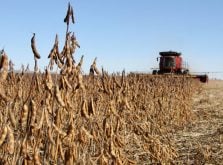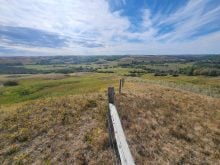Farmers who think frost is coming later each fall are right.
Environment Canada uses 30-year averages to determine the frost-free period, which is the number of days between the last spring frost and first fall frost.
The present normals include data from 1971 to 2000, but the department is establishing a new set of normals that will use the average from 1981 to 2010.
Environment Canada climatologist David Phillips said it may be another year before the data is through the quality control process.
“It will become the standard for comparing stations with (other) stations.”
Read Also

Pakistan reopens its doors to Canadian canola
Pakistan reopens its doors to Canadian canola after a three-year hiatus.
However, Phillips said observations do show that, on average, farmers have gained about six days in spring and six days in fall.
The frost-free season at Saskatoon was 164 days in 1980.
“Models are suggesting by 2025 that would probably be about 188 days,” Phillips said.
“On first blush, that obviously would be an advantage to farmers, but there is so-called variability. Sometimes they can really get burned.”
Phillips said farmers will grow crops to maximize the longer growing season, but will still face significant risk because of that possibility of a frost that arrives much earlier than the average would predict.
Climate and adaptation researcher Dave Sauchyn from the University of Regina said the randomness of weather is what makes farming such a challenge.
“All it takes is one arctic air mass to get down to us for a day and then disappear and we’ve got a frost,” he said. “And then we can have weeks and weeks of warm weather again. It’s really hard to predict.”
For this year, excess moisture through much of Manitoba and eastern and southern Saskatchewan is pushing seeding to the limit of frost-free days.
Grant McLean, cropping management specialist at Saskatchewan Agriculture, said farmers must weigh the risk of growing a specific crop with the potential economic reward.
Farmers in areas that typically see frost by Sept. 5 are already bumping up against 100 days for crop maturity.
“What is the risk of that crop being damaged within 100 days?” he said.
“And if I’ve spent $200 to $300 per acre to put that crop in, canola for example, how much money am I out if it freezes? And then I have to find a home for that damaged crop.”
Phillips said frost is defined as a temperature of zero, but damage depends on elevation and the crop. Most temperature readings are taken at eye level, where it could be warmer than ground level.















